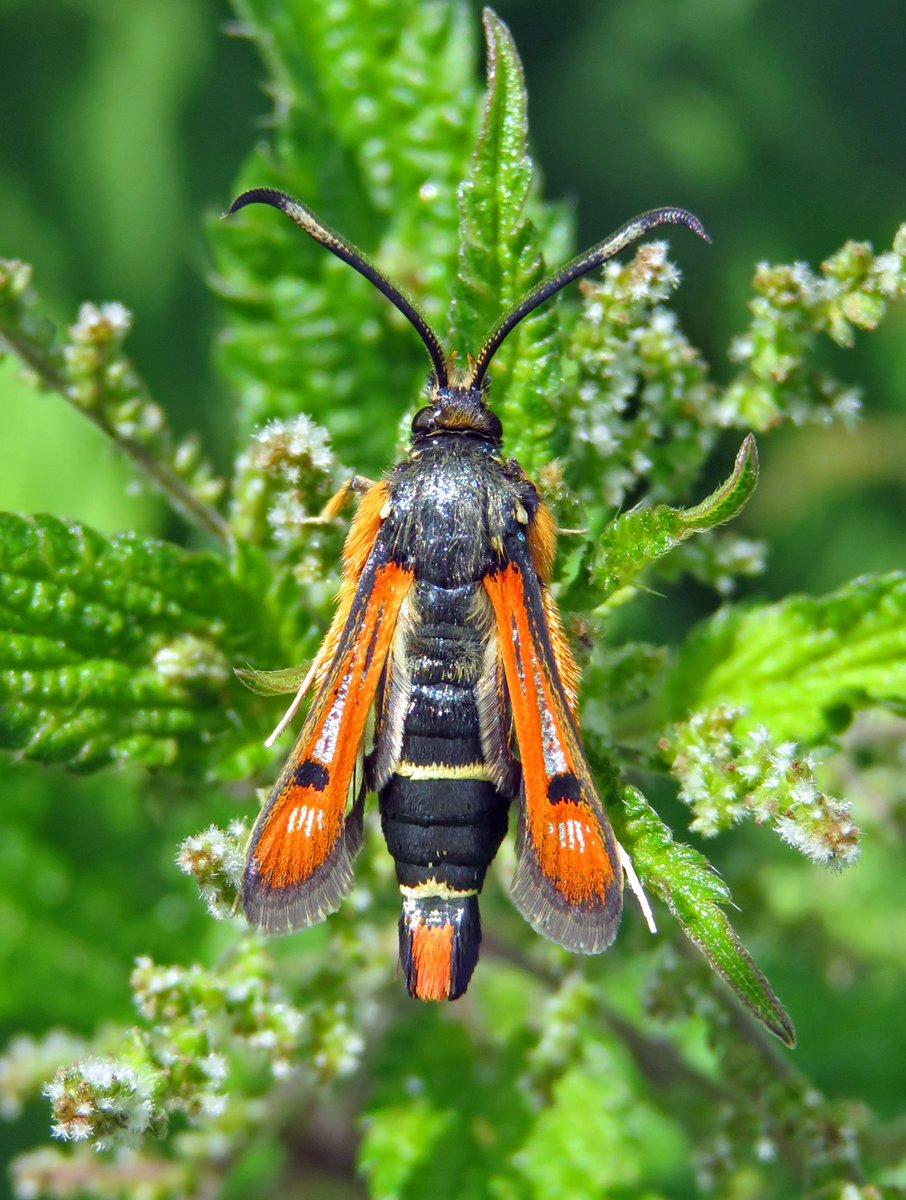
It's Friday and that means…thread day!🧵
Everybody knows that many insects #metamorphose, but…have you ever wondered why o to what end? How many types of metamorphoses are there?⬇️
Everybody knows that many insects #metamorphose, but…have you ever wondered why o to what end? How many types of metamorphoses are there?⬇️
Like all arthropods, insects are covered in a cuticle made of proteins and chitine (a polysaccharide shared with fungi) that harden their body. As they grow, this cuticle becomes small and they need to moult.
📸Moult of a cicada in Japan (Irene Lobato)
📸Moult of a cicada in Japan (Irene Lobato)

(we regenerate our skin as we grow and throughout our lives; we don't peel from top to bottom from time to time!)
Moulting (also known as ecdysis) can occur multiple times throughout their development. Most insects moult while they are larvae or juveniles, allowing them to grow,…
… and they usually stop moulting once they reach adulthood. At that time, insects undergo two main changes: 1) they reach sexually maturity and 2) develop wings (except for wingless insects or those that lost them secondarily).
📸Small white (P. rapae) mating (Irene Lobato)
📸Small white (P. rapae) mating (Irene Lobato)

Reaching adulthood can occur directly (there are no obvious or amazing changes of the insect's body) or through metamorphosis.
And here is when we talk about the different types of development:
And here is when we talk about the different types of development:
1. Ametabolous (direct)
Juveniles (nymphs) and adults are identical except for their size. Adults are wingless and their only difference is that they are sexually mature. E.g.: silverfishes (O. Zygentoma).
📸Silverfish (Lepisma saccharina) (misterjingo)
Juveniles (nymphs) and adults are identical except for their size. Adults are wingless and their only difference is that they are sexually mature. E.g.: silverfishes (O. Zygentoma).
📸Silverfish (Lepisma saccharina) (misterjingo)

2. Hemimetabolous (incomplete)
Adults do have wings, at least at some point. Nymphs are somewhat similar to adults and moult until they get wings and can mate. E.g.: many bugs (O. Heteroptera).
📸Nezara viridula: 3r stage nymph (Irene Lobato) and adult (Juan Emilio)

Adults do have wings, at least at some point. Nymphs are somewhat similar to adults and moult until they get wings and can mate. E.g.: many bugs (O. Heteroptera).
📸Nezara viridula: 3r stage nymph (Irene Lobato) and adult (Juan Emilio)


3. Holometabolous (complete)
It has 3 phases: larva > pupa > adult (or imago). Larvae don't ressemble adults. After multiple moults, they go through an inactive (pupa) stage and reach adulthood. E.g.: butterflies, beetles, bees, etc.
📹Dynastes hercules
It has 3 phases: larva > pupa > adult (or imago). Larvae don't ressemble adults. After multiple moults, they go through an inactive (pupa) stage and reach adulthood. E.g.: butterflies, beetles, bees, etc.
📹Dynastes hercules
And here is the big question…
Which is the evolutionary "meaning" of metamorphosis?
Which is the evolutionary "meaning" of metamorphosis?
1. Minimize intraspecific competition for resources.
Larvae (or nymphs) and adults of hemi- and holometabolous insects generally feed on different food sources, so they don't compete with each other (which would be counter-productive).
Larvae (or nymphs) and adults of hemi- and holometabolous insects generally feed on different food sources, so they don't compete with each other (which would be counter-productive).
2. The more specialized the different phases of an insect, the greater the probability of exploiting more and better resources.
This would explain the success and diversification throughout time of holometabolous insects 🐝🦋🐞🪰🐜.
This would explain the success and diversification throughout time of holometabolous insects 🐝🦋🐞🪰🐜.
If you liked the thread and want to delve into this topic, I encourage you to read the post I wrote a few years ago at @AYNIBiology. bit.ly/3HATZUy.
Until the next thread! 🧵🐜👣
Until the next thread! 🧵🐜👣
• • •
Missing some Tweet in this thread? You can try to
force a refresh












